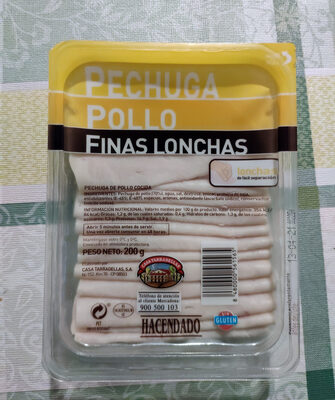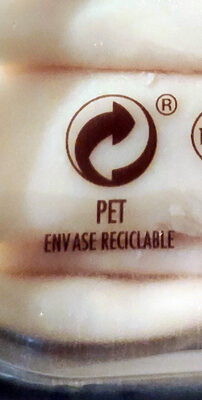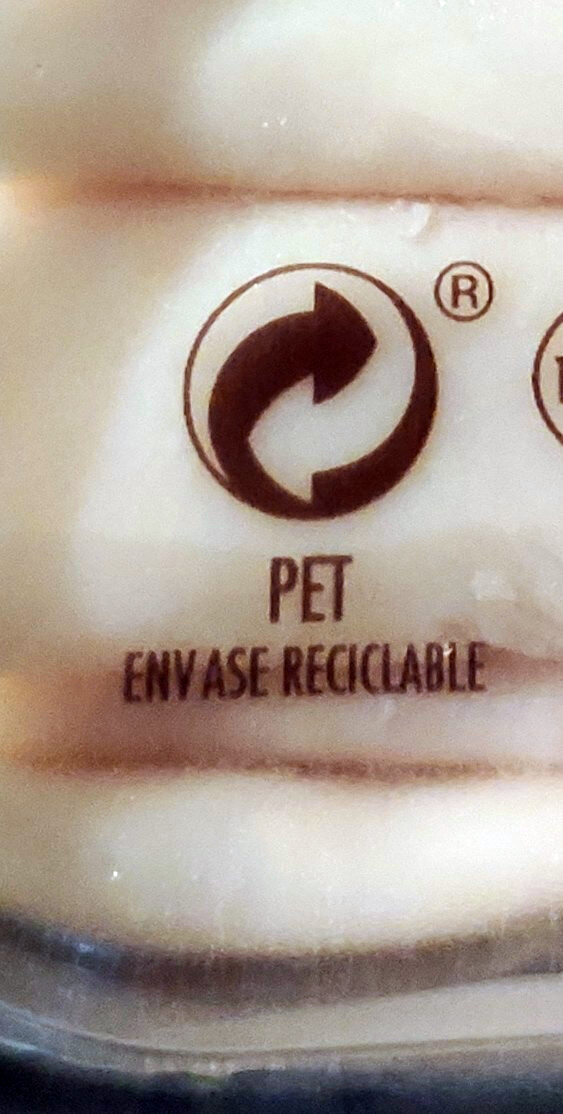Pechuga de pollo finas lonchas - Hacendado - 200 g
Aquesta pàgina del producte no està completa. Podeu ajudar a completar-la editant-la i afegint-hi més dades a partir de les fotos ja disponibles, o fent-ne més amb l'aplicació de androide o iPhone / iPad. Gràcies!
×
Codi de barres: 8480000561565 (EAN / EAN-13)
Nom comú: Pechuga de pollo cocida
Quantitat: 200 g
Empaquetament: Plàstic, en:pet-polyethylene-terephthalate, es:Green Dot
Marques: Hacendado
Categories: Productes amb base de carn, Carns preparades, fr:Charcuteries cuites, en:Poultry hams, en:Cooked chicken breast slices
Etiquetes, certificacions, premis:
Lliure de gluten, Punt verd
Llocs de fabricació o processament: Spain
Codi de traçabilitat: ES 10.027343/B CE
Botigues: Mercadona, Hacendado
Països on es va vendre: Espanya
Matching with your preferences
Report a problem
Fonts de dades
Producte afegit per kiliweb
Última modificació de la pàgina del producte per moon-rabbit.
La pàgina del producte, també editada per acuario, alia, date-limite-app, elcoco, inf, musarana, openfoodfacts-contributors, packbot, roboto-app, tacite-mass-editor, teolemon, yuka.UUkxUkdhWXpnUDRodnZZbDNEVDU0dlJ5d2JDaWIybW9JZmNMSWc9PQ.












